Science in Sport launches 'game-changing' updated Beta Fuel formula
New maltodextrin-fructose ratio supplies claimed increase in energy efficiency and power output during max efforts
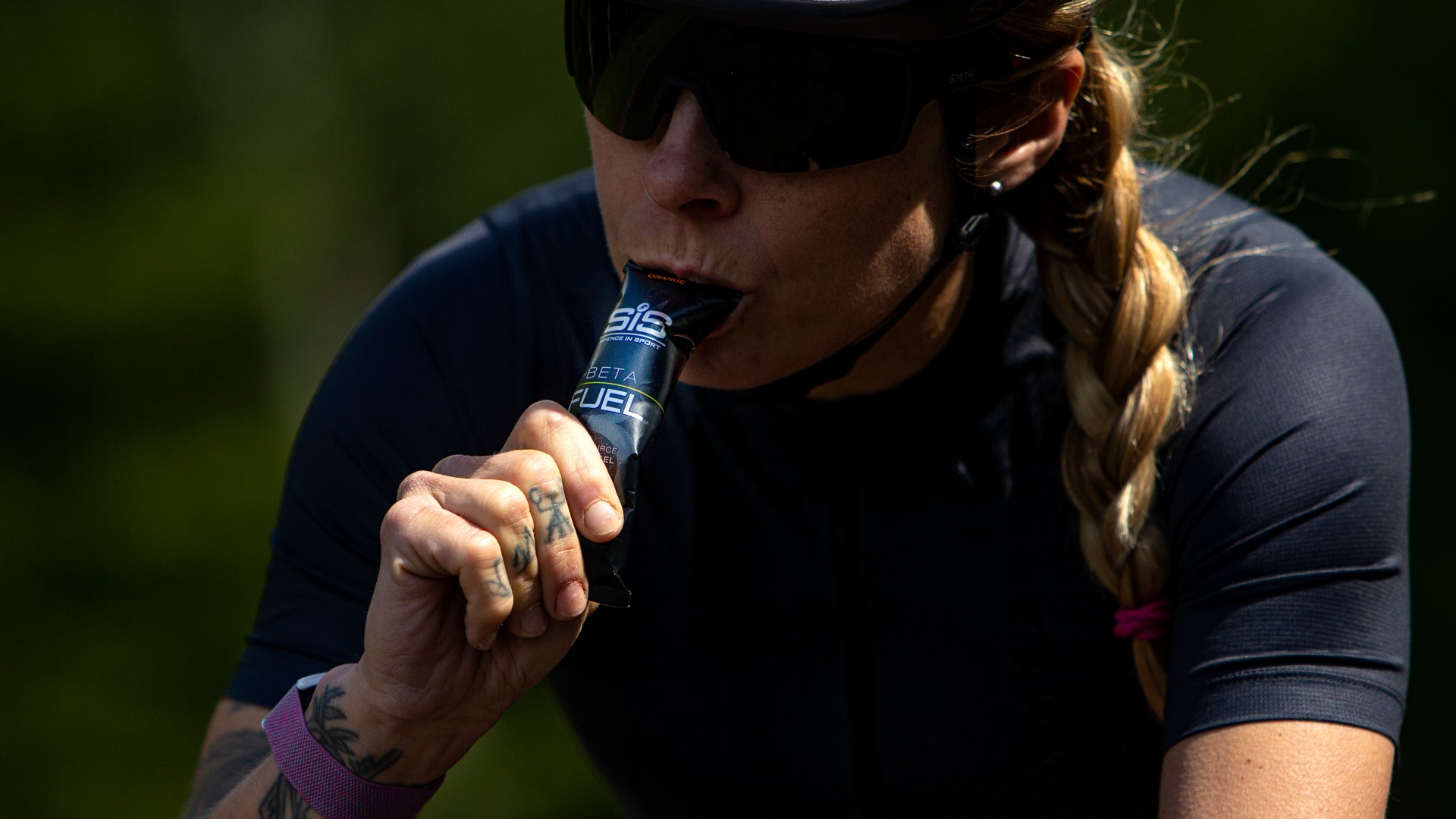
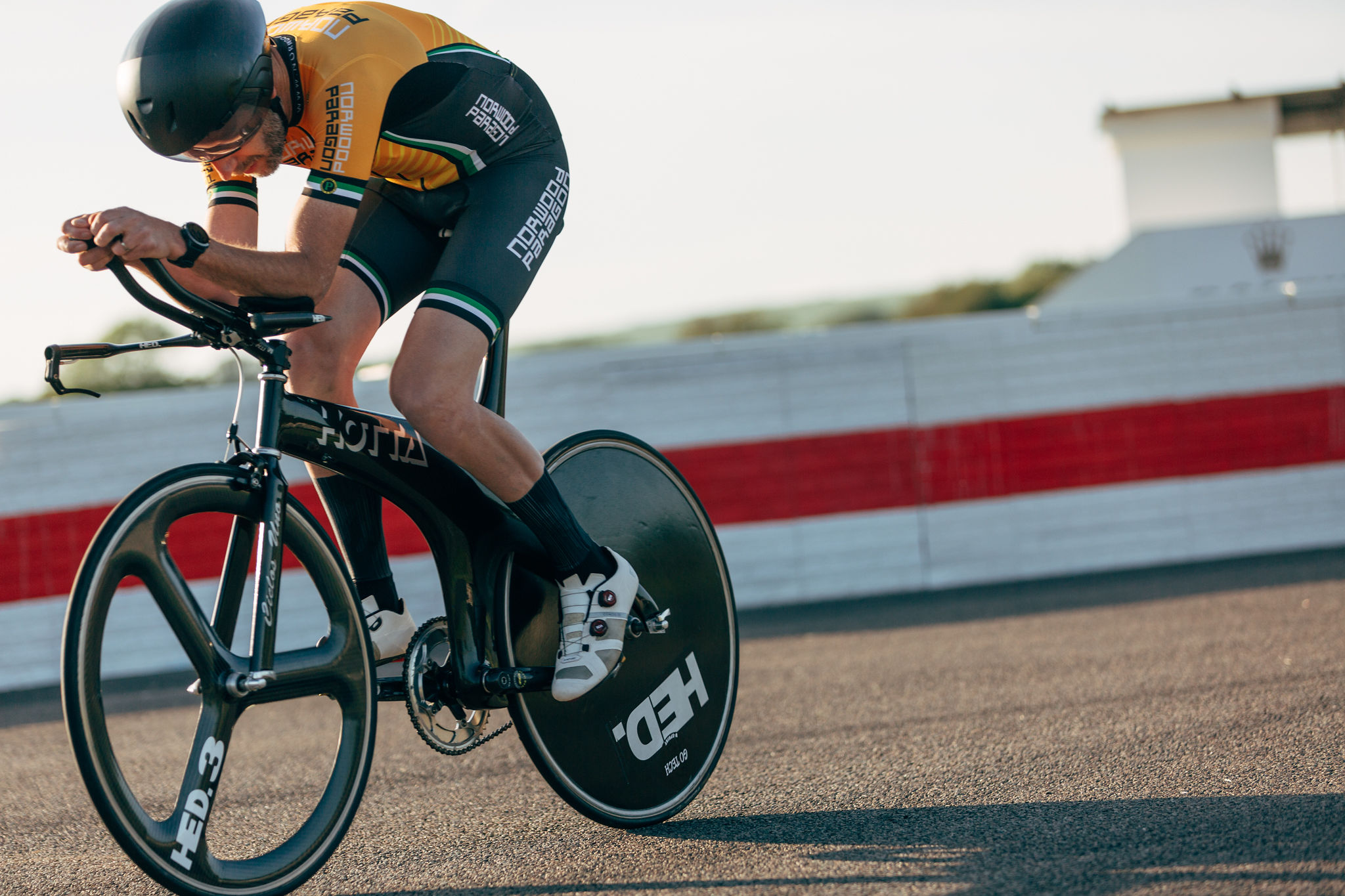
Science in Sport has launched a new range of nutrition products to update the formula that the British brand says originally fuelled Chris Froome to victory over the Colle delle Finestre in his epic stage-19 lone break in the 2018 Giro d’Italia.
The new Beta Fuel product line builds on a scientifically-tested blend of carbohydrate powder, using a new ratio of 1:0.8 maltodextrin to fructose to supply a claimed 17% increase in energy efficiency, enhanced power during max efforts and reduced stomach fullness and gastrointestinal distress.
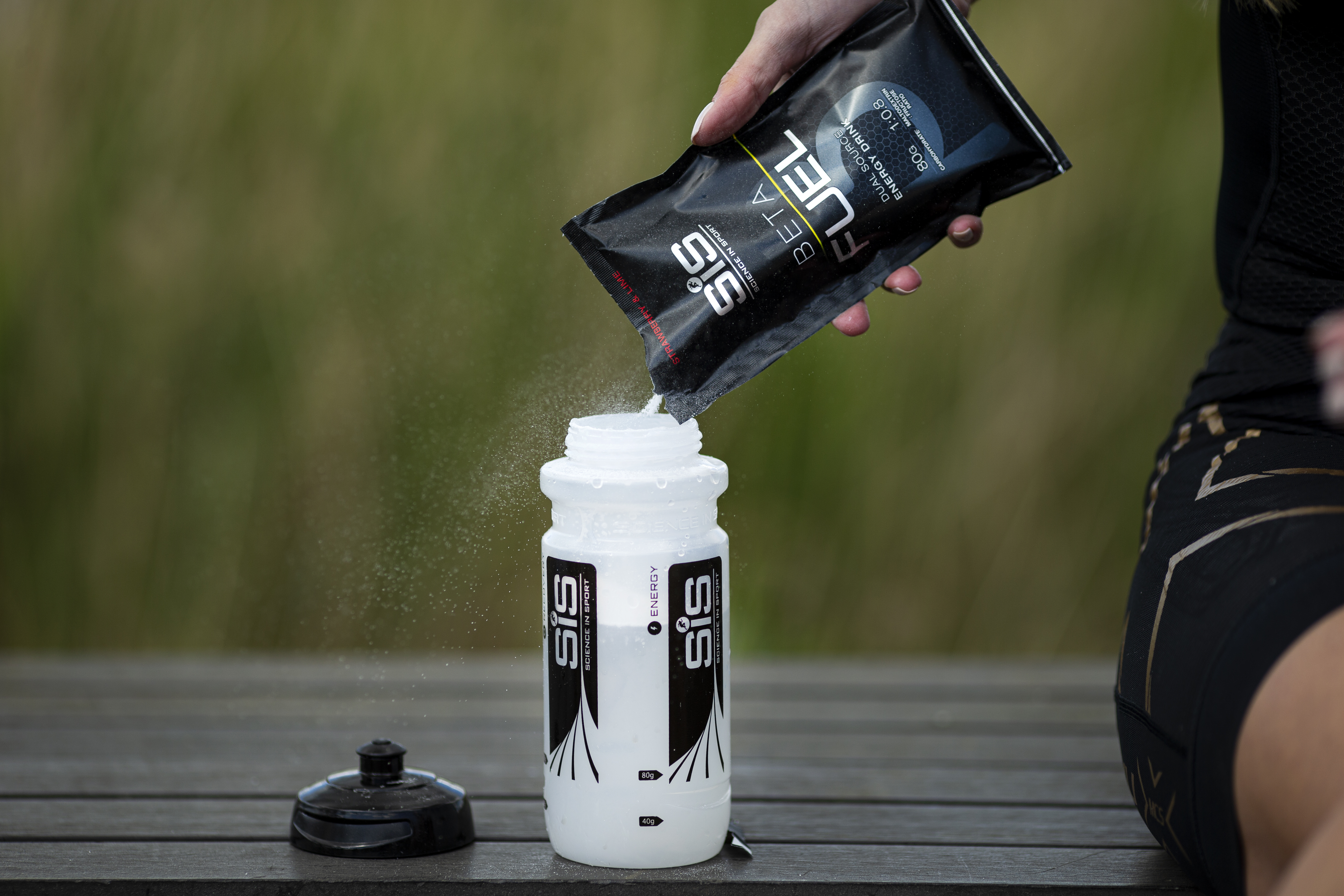
SiS says the newly-researched ratio of maltodextrin to fructose increases the percentage of ingested carbohydrate that is oxidised - from 62% to 74% - when compared with a traditional 2:1 blend, which was also the original Beta Fuel ratio. It claims this allows the body to use up to 90g of carbohydrate per hour, and that Beta Fuel is a “complete world-leading fuelling solution for unleashing the performance potential of all endurance athletes.”
It is suggested that during endurance exercise (more than 2.5 hours) 80-120 grams of carbohydrate per hour should be consumed to maintain blood glucose levels and prevent fatigue.
Additionally, according to SiS, the new blend can reduce the symptoms of gastrointestinal distress and nausea, a common side effect experienced with other performance-enhancing sports nutrition products.
Professor James Morton was the man behind the original product and was at the time head of nutrition at Team Sky. Now director of performance solutions at Science in Sport, he drove the development of the new version.
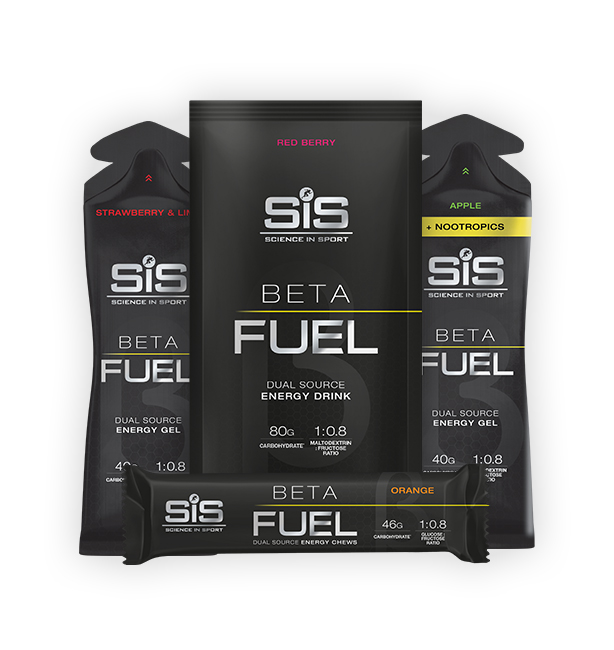
The new Beta Fuel is available as energy drink powder, gels (including gels with nootropics for improved cognitive function) and chew bars in a variety of flavours.
● Energy Drink Powder – 80g carbohydrate with neutral pH and isotonic formulation to minimise GI distress
● Gels - 40g carbohydrate including gels with nootropics for improved cognitive function
● Chew bars - 40g carbohydrate; 20g per chew with easy-to-chew formula
According to SiS’s CEO Stephen Moon: “We have been able to completely change the game when it comes to fuelling endurance athletes. It’s always been a fine art, but we’ve never been closer to perfection than we are now.”
SiS says the new Beta Fuel range is already a favourite of Ineos Grenadiers and that the team has been instrumental in testing and developing the new formula since 2020, with it fuelling Tao Geoghegan Hart to his first Grand Tour victory in the Giro that year.
The British brand recently signed a three-year extension to its partnership with Ineos Grenadiers - but if the team don’t want to share their findings on the new Beta Fuel, we have some on test.

Thank you for reading 20 articles this month* Join now for unlimited access
Enjoy your first month for just £1 / $1 / €1
*Read 5 free articles per month without a subscription

Join now for unlimited access
Try first month for just £1 / $1 / €1
Get The Leadout Newsletter
The latest race content, interviews, features, reviews and expert buying guides, direct to your inbox!
Simon Smythe is a hugely experienced cycling tech writer, who has been writing for Cycling Weekly since 2003. Until recently he was our senior tech writer. In his cycling career Simon has mostly focused on time trialling with a national medal, a few open wins and his club's 30-mile record in his palmares. These days he spends most of his time testing road bikes, or on a tandem doing the school run with his younger son.
-
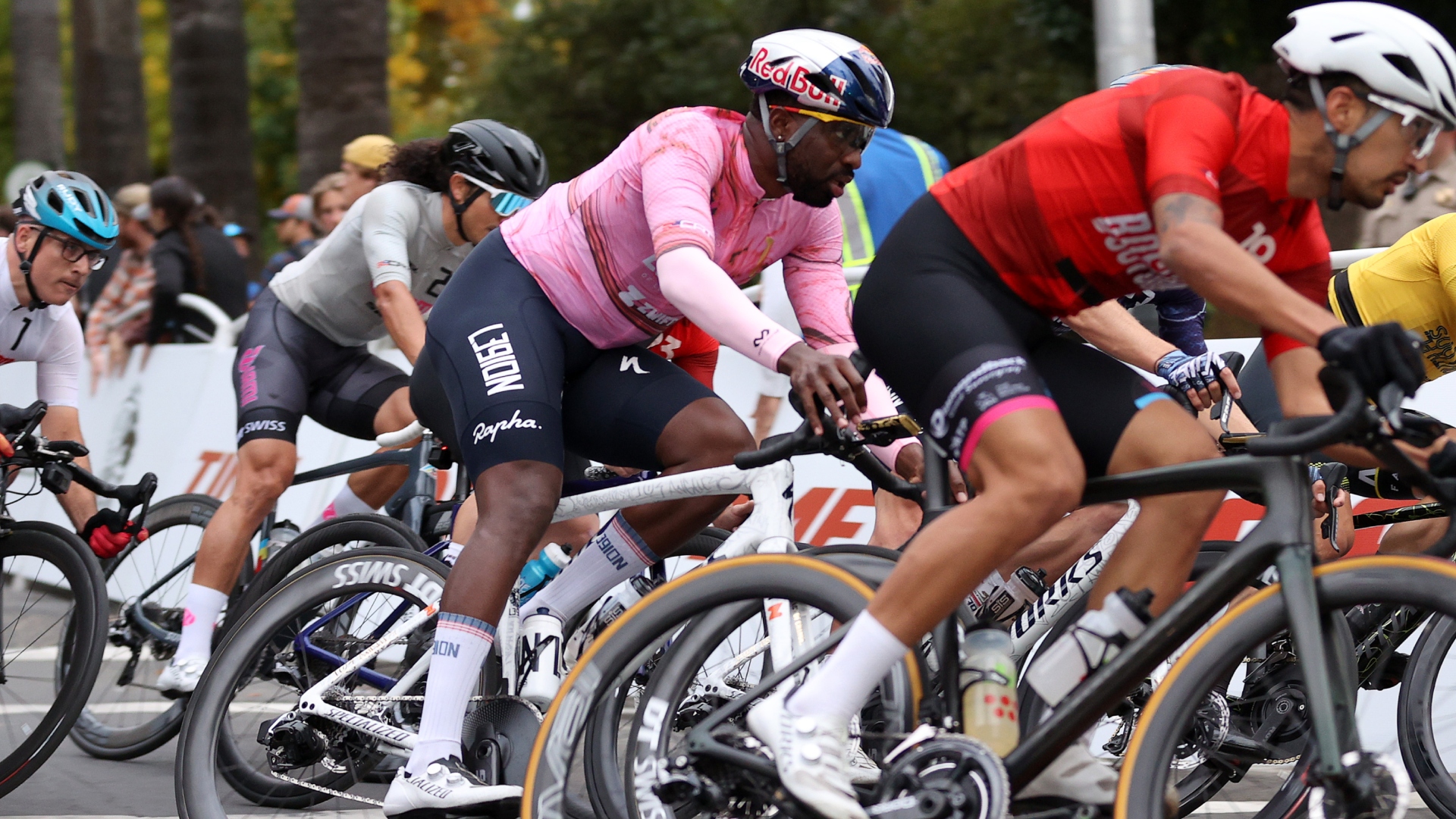 Can you make a living as an American domestic road racer? A look inside the part-time professionalism of the American road peloton
Can you make a living as an American domestic road racer? A look inside the part-time professionalism of the American road pelotonAfter decades of booms and busts, the American road scene finds itself in a fragile place. We spoke to riders to understand the reality of chasing the dream on home soil
By Logan Jones-Wilkins
-
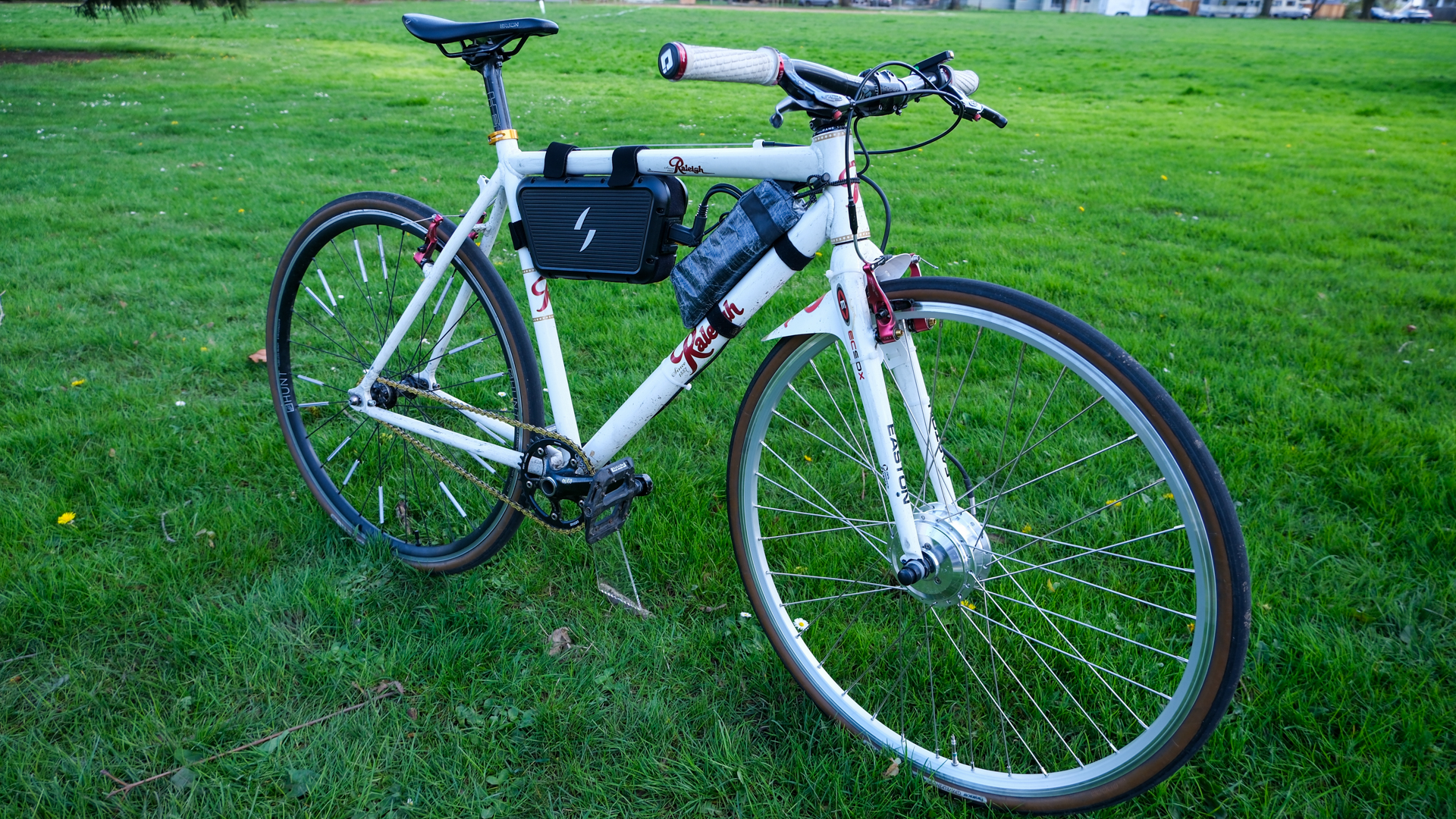 5 things I wish I’d known before reviewing the Swytch GO e-bike conversion kit
5 things I wish I’d known before reviewing the Swytch GO e-bike conversion kitSwytch offers an effective, albeit untidy, workaround for e–bike–curious riders. But as prices drop on full e-bikes, its value proposition may be fading
By Anne-Marije Rook